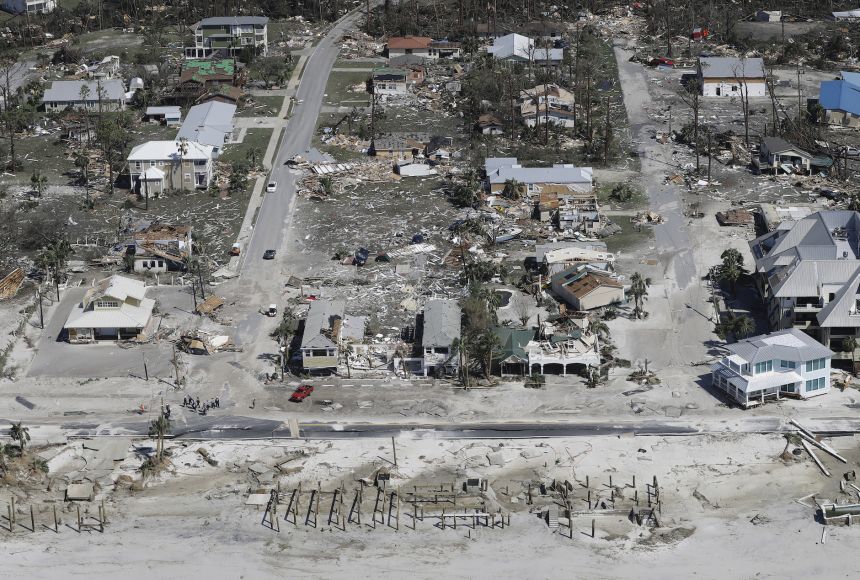ENCYCLOPEDIC ENTRY
ENCYCLOPEDIC ENTRY
FEMA
FEMA
The Federal Emergency Management Agency, or FEMA, was created by the United States government to help people and communities deal with natural disasters. Find out how it has changed to include even more services.
Grades
5 - 8
Subjects
Social Studies, Civics
Image
Homes Damaged by Hurricane Michael
Since 1979, the U.S. government agency FEMA has been tasked with helping Americans hurt by natural disasters. Homes in Mexico Beach, Florida, were destroyed by Hurricane Michael in October 2018.
Photograph by Chris O'Meara, Pool/AP

Media Credits
The audio, illustrations, photos, and videos are credited beneath the media asset, except for promotional images, which generally link to another page that contains the media credit. The Rights Holder for media is the person or group credited.
Director
Author
Production Managers
Program Specialists
Producer
Intern
other
Last Updated
October 19, 2023
For information on user permissions, please read our Terms of Service. If you have questions about how to cite anything on our website in your project or classroom presentation, please contact your teacher. They will best know the preferred format. When you reach out to them, you will need the page title, URL, and the date you accessed the resource.
Media
If a media asset is downloadable, a download button appears in the corner of the media viewer. If no button appears, you cannot download or save the media.
Text
Text on this page is printable and can be used according to our Terms of Service.
Interactives
Any interactives on this page can only be played while you are visiting our website. You cannot download interactives.